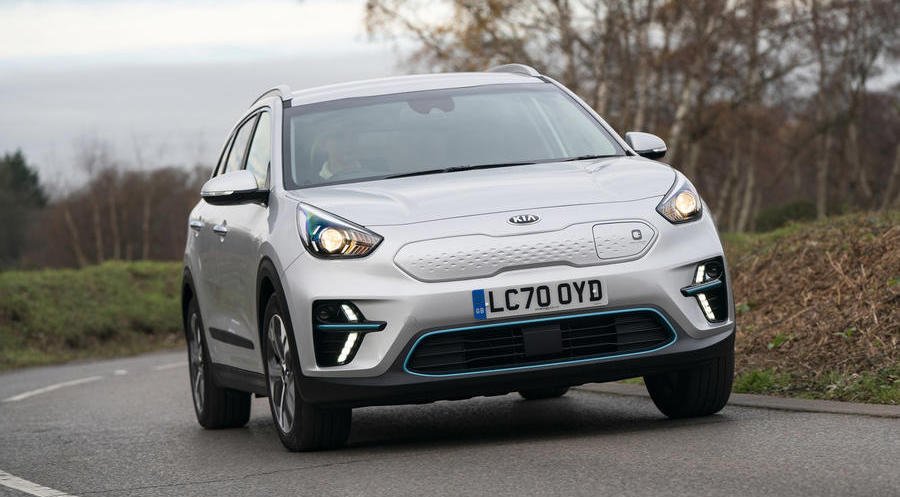What is it?
It's fair to say Kia played a bit of a blinder in the early days of the industry-wide race to build mainstream EVs. In fact few if any manufacturers pounced on the electrification shake-up quite as well.
In 2018, ahead of the competition, it introduced the e-Niro crossover, which with almost 300 miles of range, solid ergonomics, surprisingly serious performance and very canny pricing, quickly became the best all-rounder EV sensible money could buy. Sure, it wasn't the most polished product, but it was probably good enough to be considered the brand's very first class leader.
Now that others are catching up, Kia has decided the most effective way forward is probably not to go upmarket (although if you do want to do that, the new 4+ trim level for the e-Niro is worth investigating), where illustrious names such as Mercedes and Polestar lurk.
Instead, it has extended the e-Niro range downwards, chiefly by shrinking the car's lithium ion battery pack from 64kWh to 39kWh, the main consequence of which is to drop the claimed range by 102 miles to 180 miles.
This new entry-level model is simply as known as the e-Niro '2', and its arrival is timely. That's because the government recently decided to drop the upper price limit for cars eligible for its £2500 plug-in grant from £50,000 to £35,000. It means the 39kWh 2 is the only model in the e-Niro range to qualify, because it costs £30,345, whereas the e-Niro 3, now without any form of subsidy for buyers, costs £37,100 and the 4+ £39,395.
However, even though the 2 is now considerably cheaper relative to the rest of range than Kia originally planned, driving range is not the only attribute owners will sacrifice. Power also drops from 201bhp to a more sedate-sounding 132bhp. Interestingly, torque remains the same, at 291lb ft, which is a healthy figure almost equal to what you will find in the new Volkswagen Golf R.
Don't get too excited, though: kerb weight is still mighty for something of the Kia's modest dimensions, at almost 1700kg, and the 9.8sec 0-62mph time looks ponderous at best.
What's it like?
Alongside the cheaper battery, what also helps the e-Niro 2 to get close to £30,000 is its lower equipment levels compared with the existing 64kWh 3 and 4+ models.
Notably, at 8.0in the infotainment touchscreen is smaller and there's no wireless phone charging, although adaptive cruise control, two-zone climate control, automatic headlights, and a reversing camera are among the amenities still included. Even in its cheapest guise, the e-Niro therefore remains well equipped.
What this car doesn't do, in any real sense, is delight. Without the generous282-mile range of the 64kWh car, you're left with an ordinary crossover with questionable ride quality, plenty of hard plastics and an appliance-like driving position. In 2018, those were sacrifices plenty of people were willing to make, but in 2021, we have more choice.
To its credit, the e-Niro's steering remains reasonably engaging among cars of this ilk, the handling and road-holding is secure, the throttle pleasingly responsive, and the interior is spacious. The range of settings for the regenerative braking also remains usefully broad, and the freewheeling function is very effective.
But in truth, with this 39kWh battery the e-Niro's game-changer status is chamfered away, and even the capacity for 100kW rapid-charging doesn't change that.
Should I buy one?
All that being said, if the smaller battery brings the e-Niro into your purchasing orbit, you should consider it. This car remains a solid stepping-off point into the world of EVs, though the new price-point does also brings uncomfortable competition.
Both the Peugeot e-2008 and Volkswagen ID 3 do more to entice at a similar price. And then there's the upcoming Skoda Enyaq, which could well steal the show at in the sub-£35,000 class.
Related News

